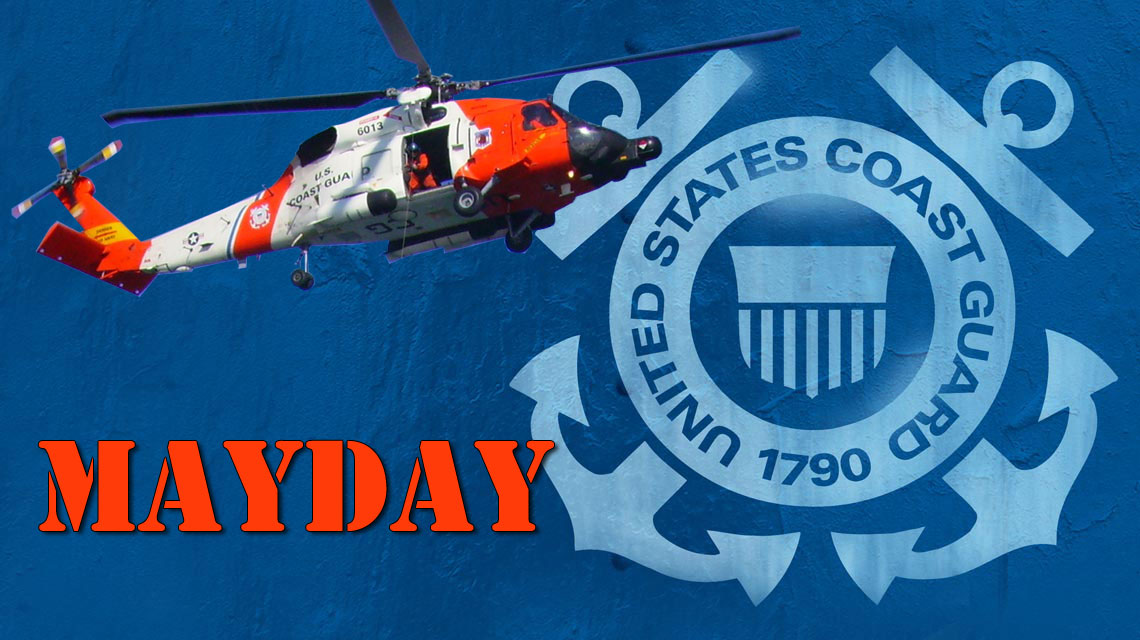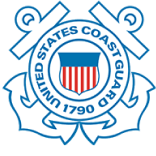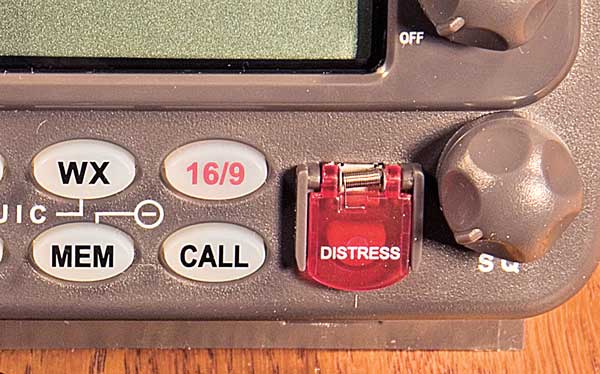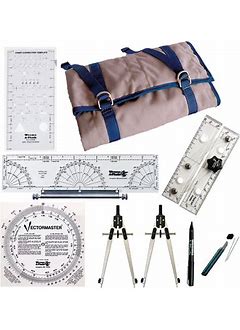1-800-832-7191
Personal Watercraft Regulations
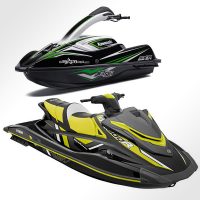
This article on Personal Watercraft Regulations is well worth your time. Check the full article out at United Marine Underwriters.
PWC Definition
The U.S. Coast Guard defines a Personal Watercraft (PWC) as a craft which is less than 16 feet in length. Moreover, a person or persons operate a PWC by sitting, standing or kneeling on the craft. That is to say that “on” is a key word. On the other hand, boat operators are within the confines of a hull. Since the USCG considers a PWC a class A vessel and must registration paperwork on board. Therefore, the registration papers must be onboard while the craft is in use. The USCG states the registration number and hull identification numbers are to be visible.
PWC Education
So, the PWC has grown in popularity over the years since they first came about in the late 60s. Consequently, that growing popularity has become growing accidents. Therefore, always remember that you are small on a PWC, and boats are big.
It comes as no surprise that most accidents are related to
- operators’ inattention.
- not keeping a good look-out
- operators on rented PWC
- under-age operators
- operators who have not had the proper training/education
- excessive speed
- behaving in a reckless manner
- drinking
- not following the “Rules of the Road”
For these reasons, it is always a good idea to have the know-how and successfully complete a boating safety course. Almost every state course talks about PWC’s in some manner.
Some universal Basics
The Personal Watercraft Act of 2005, which states:
Operators, of a personal watercraft shall at all times operate in a reasonable and prudent manner. No person shall operate a personal watercraft in an unsafe or reckless manner. Unsafe personal watercraft operation shall include the following:
(1) Becoming airborne or completely leaving the water while crossing the wake of another vessel within 100 feet of the vessel creating the wake. Wake jumping is legal but keep your distance. Check your state regulations as well
(2) Weaving through congested traffic. Certainly, recklessly endangering others should be common sense.
(3) Operating a vessel at greater than slow/no wake speed within 100 feet of the following. Anchored or moored vessel, shoreline, vessel underway, dock, pier, boat ramp, marina, swim float. In addition, marked swim areas, persons in the water, persons engaged in angling, or any manually propelled vessels.
(4) Operating contrary to the “Rules of the Road” or following too close to another vessel, including another personal watercraft. Following too close shall be construed as proceeding in the same direction and operating at a speed in excess of 10 MPH when approaching within 100 feet to the rear or 50 feet to the side of another motorboat or sailboat underway unless such vessel is operating in a narrow channel. In which case a personal watercraft may operate at speed and flow of other vessel traffic.
Do I still need safety gear?
Yes. Above all, safety gear can save your life and there are some requirements for PWC’s.
Life Jackets – PWCs operators and those riding are required to wear an approved personal flotation device.
Visual Distress Signals – For instance, PWCs are supposed to be operating only during daylight hours, keeping a red or orange cloth in the storage compartment works. If in an area where night use is permitted, utilize the same visual distress signals requirements as for a boat.
Fire Extinguishers – One Type B, USCG approved extinguisher should be also kept in the storage compartment.
Backfire Flame Control – PWCs have a watertight backfire flame arrester that is required to display Coast Guard, Underwriters Laboratories (UL), or Society of Automotive Engineers (SAE) approval numbering.
Sound-Producing Device – A whistle is the most convenient sound-producing device and can be attached to the operator’s PFD.
Navigational Lights – In areas where PWCs are allowed to be out at night, the requirements are the same as that for a boat.
General Maintenance
Firstly, the PWC should always have general maintenance and upkeep. Secondly, all PWC’s should have an electrical cut-off switch with the lanyard or a self-circling device in working order in case the operator falls off. Thirdly, they utilize an inboard engine. Take the same precautions as you would with a boat.
In Conclusion:
Connecticut Boating Certificates teaches our state regulations in our Boating Certification Course. So please feel free to join us. You can view all of our available online virtual courses at our Public Course Schedule page on our site.
To sum up, each state also has regulations pertaining to PWC operating; see your state for more information.
